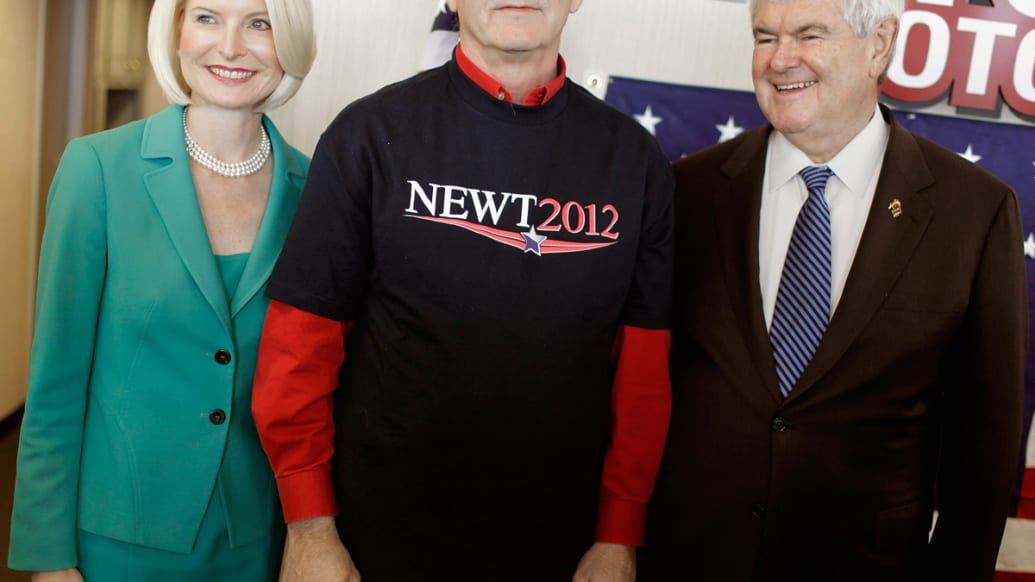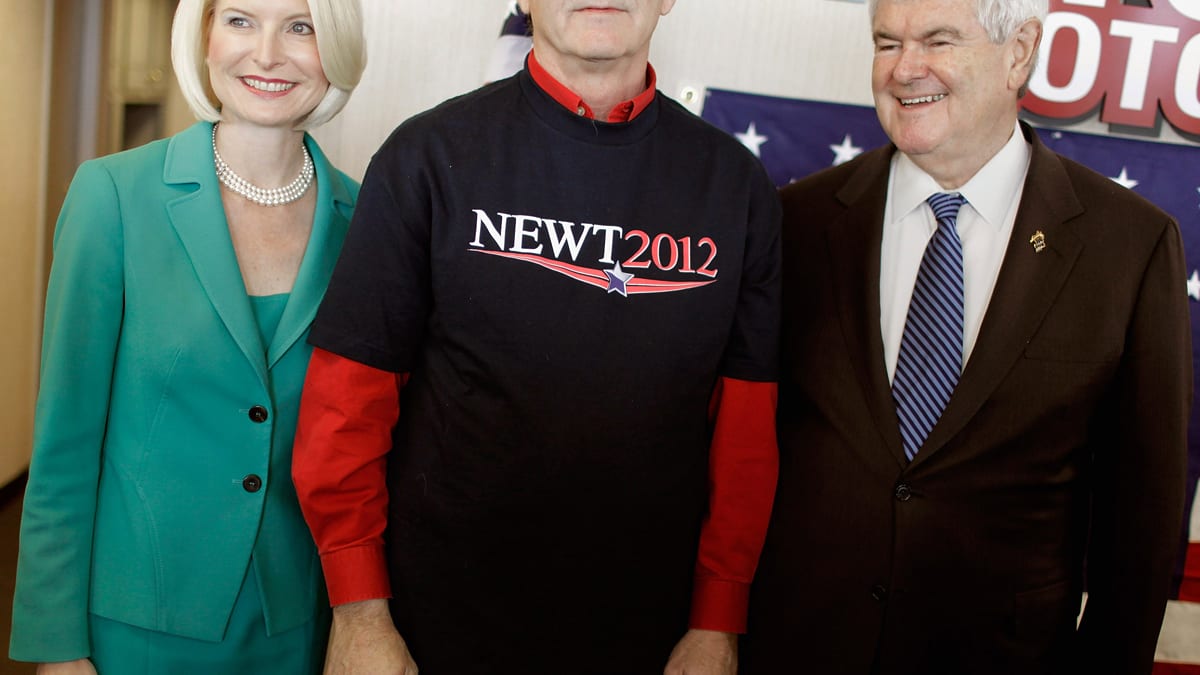Wisconsin takes center stage Tuesday, but Washington, D.C., and Maryland are also voting. While Mitt Romney is expected to easily take Washington’s winner-take-all primary, Maryland, where the bulk of its delegates are allocated on a winner-take-all basis by congressional district, has been contested by all four candidates. Romney is heavily favored to finish first in the solidly Democratic state, but if Rick Santorum can extend the race with an upset win in Wisconsin, the delegates at stake in Maryland could be crucial to keeping Romney from reaching the 1,144 needed to lock up the nomination before the convention. Here are five things to watch as the Maryland returns come in:

Gerrymandered Districts
While each of Maryland’s eight congressional districts awards its three delegates to the winner there, those districts have vastly unequal numbers of Republican voters. Maryland was one of the few states where Democrats had total control of the redistricting process in 2010, resulting in districts that in the words of former Governor Bob Ehrlich Jr. were “balkanized, gerrymandered, and every other adjective.” While this could hurt Republicans in a general election in the six districts with incumbent Democratic congressmen, it presents opportunities in a GOP primary.
For example, the district comprising the toughest parts of Baltimore, the Seventh Congressional District, also loops around to grab much of the prosperous suburbs north of the city. The result is that the district combines the blighted row houses of The Wire and horse country. Although most of the district’s population may be in rough parts of Baltimore City, most of the Republican primary voters are farther north. This can lead to peculiar results, and although Romney has tended to do better in these heavily Democratic congressional districts, Santorum has won several as well (and Ron Paul even won one in the peculiar Virginia primary).
Eastern Shore
The true conservative heartland of Maryland is the eastern shore. The peninsula, almost totally isolated from Maryland until the building of the Chesapeake Bay Bridge in the early 1950s, is culturally Southern, but because of its proximity to the Chesapeake Bay, far more environmentally attuned than most other rural regions south of the Mason-Dixon line. The area has occasional fringe secessionist movements, usually sparked by impolitic comments from politicians from the western shore, such as when in 1991 then-Governor William Donald Schaefer called the area “a shithouse."
The eastern shore should be Santorum’s best-performing area. Even former Governor Ehrlich, an ardent Romney supporter, thinks the first congressional district, which includes the eastern shore, “might be somewhat close.” But Santorum’s competing there against—remember him?—Newt Gingrich, who has campaigned in the region’s largest city, Salisbury, and has the endorsement of its Republican congressman, Andy Harris. If the so-called anti-Romney vote splinters, Romney could profit to the tune of three delegates.
Western Maryland Primary
Down ticket from the presidential primary, Maryland is also holding its congressional primary elections, including one competitive Republican race, in the sixth congressional district. That contest pits a conservative incumbent, Roscoe Bartlett, who lost most of his former constituents in the state’s redistricting, against a cluttered field of opponents, most prominently State Sen. David Brinkley. Although the 83-year-old Bartlett, who’s been in the House since 1993, is expected to win, he’ll have enough of a primary to significantly boost turnout in that district, which hurts Romney.
Much of the district’s vote will come from western Maryland, the panhandle between the Mason-Dixon line and the Potomac River that is staunchly Republican. All the candidates in the congressional race are “running as conservatives,” said state Republican Party chair Alex Mooney. “More conservative than Romney,”
Although the district is gerrymandered to include Democratic territory in Montgomery County, including prosperous suburbs that include the last redoubts of Rockefeller Republicanism in Maryland, there’s some chance the House race will topple and cost Romney three delegates.
Turnout
Maryland hasn’t seen many competitive presidential primaries. In fact, the state’s most notable moment in a modern presidential campaign was when George Wallace was shot in a Laurel parking lot in 1972. Even though the Republican race is starting to slowly peter out, this is still likely to be the most meaningful GOP presidential primary in the state’s history. As Ehrlich enthused, “It’s neat getting a little attention. We’re not acclimated to this.” The question is whether this attention will translate into more voters showing up on Tuesday. Republican turnout has been inconsistent throughout the GOP primary, which has been viewed a worrying indicator of how engaged the party’s base is this year. If turnout in Maryland isn’t up over 2008, it will be a bad omen for the party going into a close general election in November.
Newt Still Swinging
Although Newt Gingrich has downsized his campaign to focus on delegates, Maryland is as close as the GOP primary will get to his McLean, Va., home, and while delegates do matter, it’s a prime location for him to pick up the necessary votes to boost his perceived legitimacy to delegates in Tampa. And with Santorum and Romney battling it out in Wisconsin, Gingrich has had Maryland largely to himself. With the most recent national poll showing Gingrich running in fourth place, behind Ron Paul, the former House speaker desperately needs every possible delegate, vote, and shred of attention. Mooney notes that “Newt’s given us the most attention and many Republicans appreciate that.” If they don’t, it’ll be yet another nail in his political coffin.

